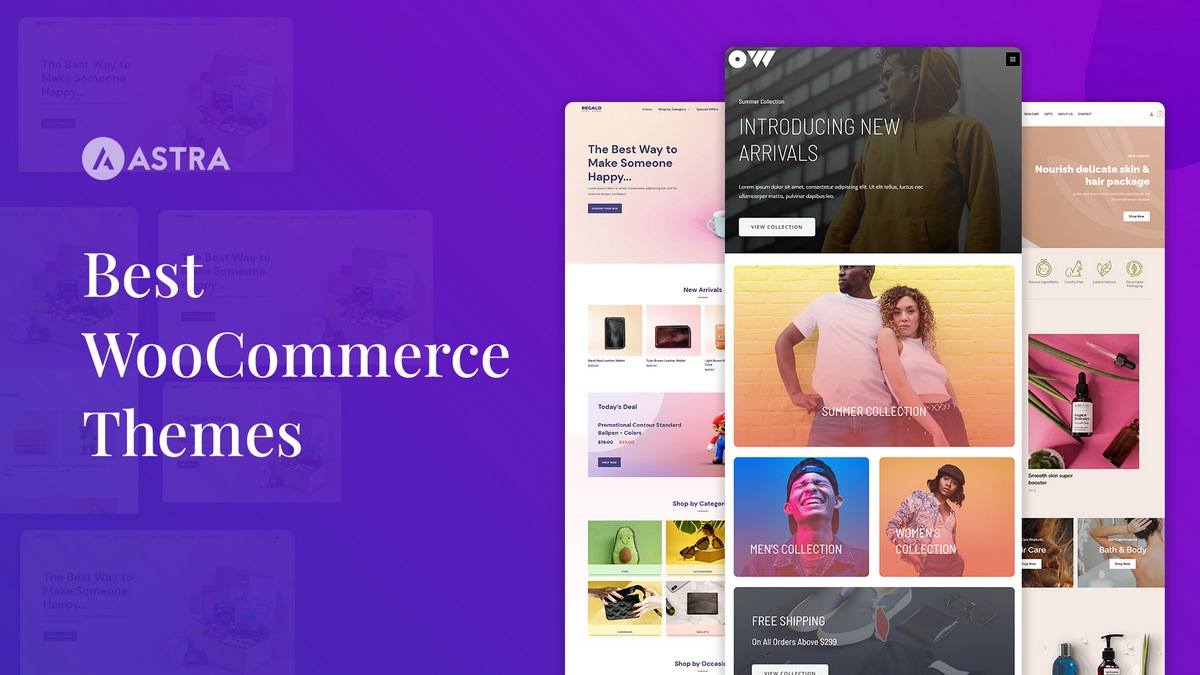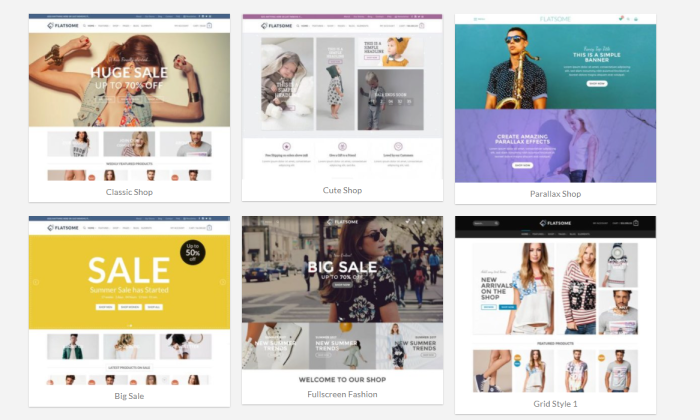

Right?Įver used Google to find a product? (OK, we know that’s a dumb question!) How do you, as a brick-and-mortar store, get customers? We guess through word of mouth, flyers, advertising in local newspapers, billboards, and so on. You may be on vacation or asleep, but your store is always open for business!

This is yet another advantage of launching your online store. You receive the payment, and you fulfill the order. They view your store products and services and place an order. Your customers visit your store whenever they wish to, from any part of the world. We’re not asking you to work that much!Īs your store is always online, you are technically open all the time. Once set up, all you’ve to do is monitor the orders that come in and fulfill them.īefore you think ‘how is working 24/7, 365 days a year an advantage?’ relax.

If you’d prefer to engage a professional, costs can range anywhere from $300 to $400 per day. Depending on the plan and service provider you opt-in for, the domain and hosting put together will cost you as little as $35 per year.Ĭonsidering how easy it is to create an online store using WordPress and WooCommerce, you can do it yourself in a few hours. The only upfront investment is towards purchasing a domain and hosting for your store. One of the significant reasons for opening an online store is that it requires minimal investment.

Some choose to purchase online for convenience, while some due to competitive prices. Purchasing products and services online has become second nature to most people around the world. It’s estimated that around 2.14 billion customers are likely to buy goods via eCommerce in 2022. With eCommerce, everyone can enjoy the freedom to sell anything from anywhere, at any time!
#CHEAP WOOCOMMERCE THEMES PROFESSIONAL#
For example, you could be offering professional services to an organization via your online store. Here, a consumer or an individual offers products or services to an organization. The C2B (Customer to Business) model is an inverted type of business to the B2C model. In the C2C model, consumer to consumer, a customer advertises their products and services, and another customer purchases the product (or service) utilizing the eCommerce framework. For example, heard of Amazon? (Of course you have!)Įver used a listing service? For example, a listing website to sell used goods such as eBay, Craigslist, and so on? It’s where businesses market their products and services directly to the end-user. In this model, commercial transactions take place between businesses and customers. A typical example is a manufacturer supplying to supermarkets.ī2C, which stands for business-to-consumer, is a business model that we are all so used to. In this model, a commercial transaction occurs between business organizations, such as suppliers, manufacturers, wholesalers, and retailers. While we are on this topic of what eCommerce is, it’s only right to touch upon the different types of eCommerce business models.ĭepending on the nature of exchange, eCommerce can be classified as:ī2B stands for business-to-business. You cannot deny that eCommerce is one of the most successful business models of current times. It’s the process that describes the buying and selling of products online.


 0 kommentar(er)
0 kommentar(er)
